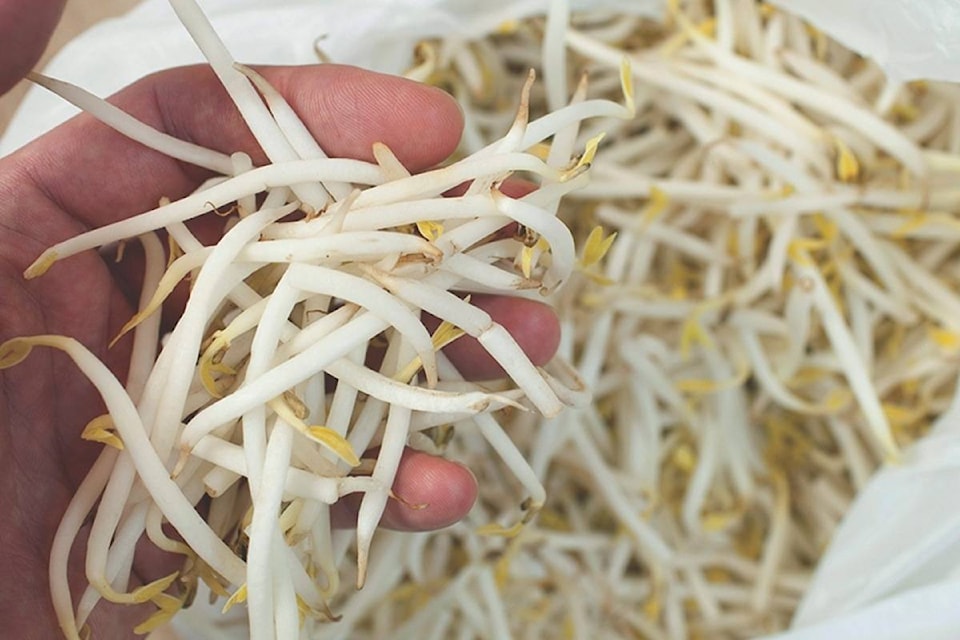Contamination and recall have removed many of the leafy green items from the store shelves in the past few months reducing the variety available to consumers. Individuals can increase the variety of greens in their diet by starting sprouts. The process is quick, easy and inexpensive. Seeds take three to five days to sprout. Bean sprouts and alfalfa sprouts are commonly found in stores but other varieties also make great eating. It is possible to purchase see sold as sprouting seeds but most seeds work as long as they have not been treated with chemicals or fungicides. Seeds will be available at seed outlets, specialty stores or in the case of Mung beans and Chia seeds local grocery stores.
Each type of seed provides a different taste. Mung beans used for bean sprouts, alfalfa sprouts and Chia sprouts have a mild flavour while mustard and radishes are spicier. Sprouted tendrils on peas will give you the flavour of fresh green peas.
There are a number of different home sprouters on the market, but they can be made from items found at home.
Seeds sprout well when placed in a glass jar with a screen or loosely woven cloth across the opening. Place heaping tablespoon of seed in the jar and rinse with warm water using the screen or cloth barrier at the top to hold in the seeds when draining the water. The opening will also allow air to circulate in the jar, while allowing excess moisture to evaporate. Seeds should never be left to soak in water as they will begin to rot. Repeat this procedure daily until the seeds have sprouted and are ready to eat. It is a balancing act to keep the seeds moist enough to germinate and dry enough that they don’t mould. If the seeds appear to wet, try to drain again and open the top of the jar to allow more moisture to escape. Keeping the jar in a warm but not hot area will speed up germination.
It is also possible to sprout seeds using a paper towel, plate and plastic bag. Wet the towel and put it on the plate. Sprinkle the seed on the paper towel and seal it into a plastic bag. If the bag becomes saturated with moisture open it to allow excess moisture to escape.
If the bag has no condensation and the paper towel is becoming dry, mist it with warm water and place the plate back into the bag.
A third type of sprouter is a bas made out of cotton or hemp. The seeds are placed in the bag and the bag is dipped into warm water and hung up to drip and dry. The bag should be dipped anytime it starts to feel dry to the touch as the seeds need constant moisture to germinate. If seeds are allowed to dry out they die.
It is best to germinate different varieties of seeds in different containers as the speed of germination differs between varieties which means one has to sort greens from seeds to harvest the greens.
Once the seeds have germinated, rinse and remove seed parts and seed that has not germinated. Small seeds can often be eaten and not noticed but this is not the case with larger seeds such as Mung beans.
Sprouting seeds for consumption is easy but it is a delicate balance of providing enough moisture for the seed to germinate but not enough for the seeds to rot or mould. Remove any seeds that start to mold immediately. Sanitize the sprouter between uses to minimize contamination.
Fresh sprouts are a treat anytime but more so when fresh produce is hard to find.
Linda Tomlinson is a local horticulturalist that can be reached at your_garden@hotmail.com
